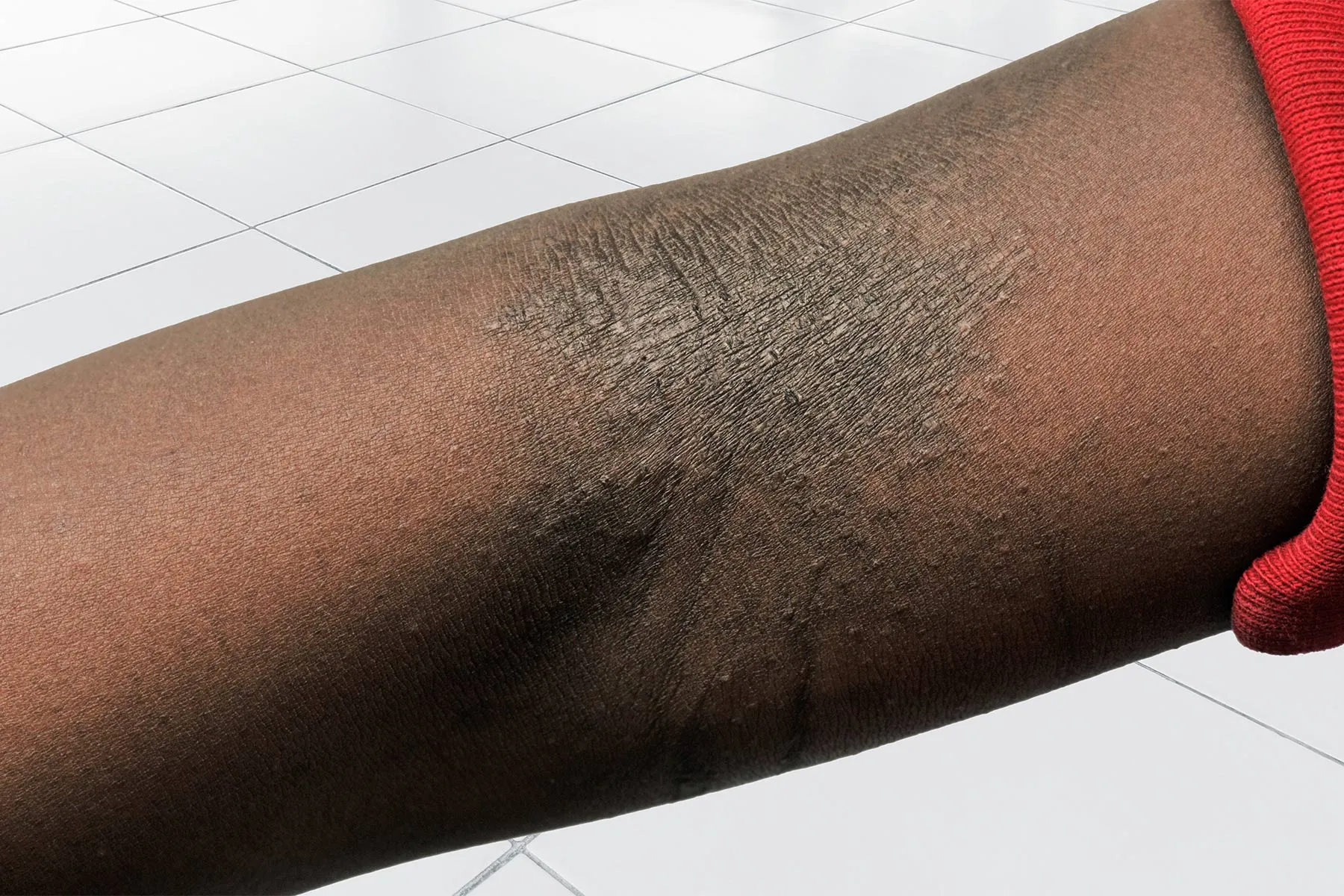Trans Men Targeted For Abuse Behind Bars
Incarcerated transgender men encounter high rates of solitary confinement and sexual assault, and are often denied gender-affirming care and gender-appropriate clothing, advocates charge.

Incarcerated transgender men encounter high rates of solitary confinement and sexual assault and denial of gender-affirming care and gender-appropriate clothing, but also suffer from a current lack of visibility that is afforded their female counterparts, reports NBC News. “Trans women have hypervisibility,” said Aaron El Sabrout, the advocacy manager of Black and Pink, a nonprofit group based in Nebraska that supports LGBTQ people in prison, whereas “trans men, most people think we don’t exist.” El Sabrout also points out that they face unique issues separate from what trans women experience.
Conditions experienced by these men vary significantly across the country. Incarcerated transgender men in Texas had encountered officers who required them to wear sports bras and women’s underwear, as well as to grow out their hair to longer than 2½ inches or risk “catching a case” — getting written up for breaking the rules. The vast majority of trans people in the U.S. are incarcerated in prisons that match their birth sexes or genitalia, rather than their gender identities. Trans men may also be unfairly identified as threats to other inmates and punished. According to the 2011 National Transgender Discrimination Survey by the National Center for Transgender Equality and the National Gay and Lesbian Task Force, about 10 percent of trans men have spent time in jail or prison — approximately twice the rate of U.S. adults overall.

 Landwebs
Landwebs 






















